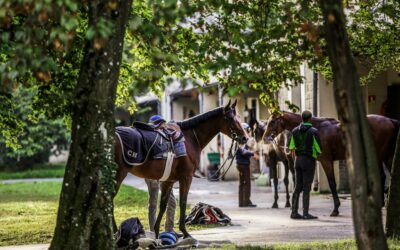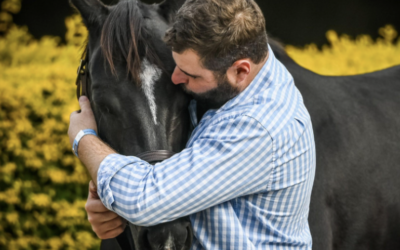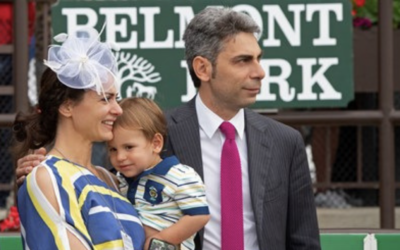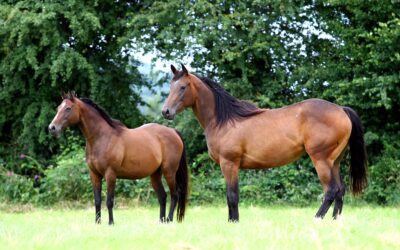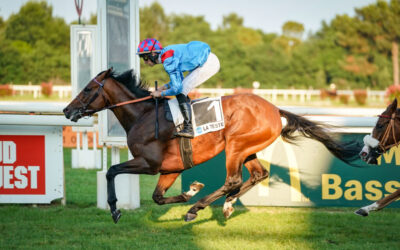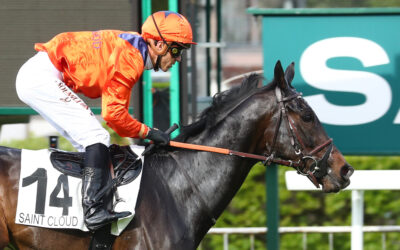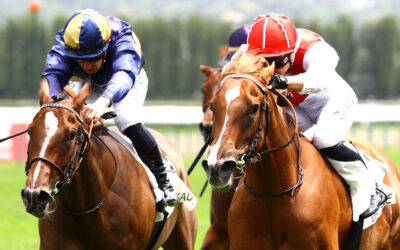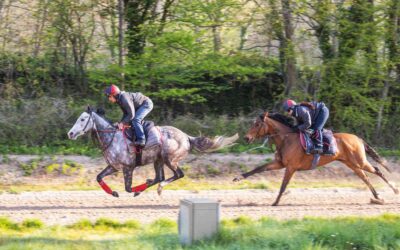EXPLORE OUR BLOG
Here you will find a lot of information to better understand performance and health measurements as well as tips about racehorse training and well-being.
LATEST ARTICLES
Psychology and welfare of racehorses: the impact of stress on performance
It is now a few years since the question of the equine welfare, which can be defined, according to the IFCE (The French Horse and Riding Institute), as “the good mental and physical health of the animal”, is developing and taking more and more importance into the mentalities. Some studies have been carried out and initiatives have been taken with the objective to sensibilize about the subject. The IFCE has notably led a survey in favor of animal welfare, relating different subjects as the evolution of the practices in favor of the
Lexington trainer: Kara Lin Toye’s Equimetre experience.
The Keeneland meet is always a good opportunity to meet and greet our Equimetre users based in Kentucky, including Kara Lin Toye.
She told us about her experience with Equimetre and how she integrates it into her daily work with horses.
From Flemington to Ballarat: Dom Sutton’s Equimetre experience
Our representatives from Arioneo in Australia had the opportunity to speak with Dom Sutton at his stables in Ballarat about his experience with and use of Equimetre. As young startup stable, transitioning from Flemington to Ballarat, data has been a strong asset in the team organization.
The Equimetre experience by Will Clarken & Richard Adam
We had the chance to interview Will Clarken, a trainer based in Morphettville since 2011, along with Richard Adam, responsible for Sales, Finance & Data Analysis at Clarken Racing.
Ilaria and Alessandro Botti’s Equimetre experience
We had the pleasure of interviewing Ilaria and Alessandro Botti in Chantilly regarding their use of Equimetre.
Christophe and Miguel Clement’s Equimetre experience
We were lucky enough to meet Christophe and Miguel Clément, trainers at Saratoga Park, New York. They told us about their experience with Equimetre and how they integrate it into their daily work with horses.
BROWSE AMONG OUR CATEGORIES

Equine Physiology

Testimonials

Racehorse training
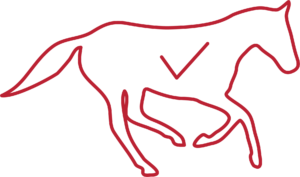
Young racehorses
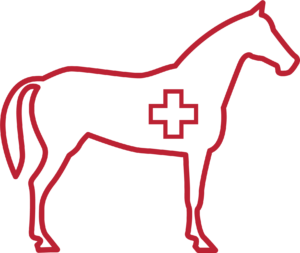
Health & Science
Standardbreds
EQUINE PHYSIOLOGY
The Racehorse’s heart rate: a brief introduction
Measuring the racehorse’s heart rate provides information on the fitness level and fitness training…
RACEHORSE TRAINING MONITORING
Christopher Head’s EQUIMETRE experience
On the occasion of a photo shoot at Christopher Head’s stables in Chantilly, we chatted about his use of EQUIMETRE.
Breaks in racehorses: how to proceed?
The break in a racehorse is a period of rest. With performance being the key to success, the importance of a proper break for horses may arise. In this article, we will explore in detail the concept of the ‘break’ in racehorses and explain why it is a crucial element in maximising their performance.
Muscle memory in the athletic horse
During training, the horse engages what is known as his muscle memory, so that his muscles are able to carry out the effort almost automatically. However, the source of this memory is not in the muscle, but in the brain.
Locomotion data: what’s in it for the day-to-day work?
Locomotion data helps us to understand how a horse moves around the track, providing valuable information about its physical ability, fitness and potential. Every horse has its own stride, and the way in which its canter is constructed varies little throughout its life. By looking at the parameters of cadence and amplitude at a fixed speed, we can obtain indications of a horse’s theoretical preferred distance.
Weather conditions: how do they affect the performance of racehorses?
Weather conditions play a significant role in the performance of racehorses. Whether it’s temperature, humidity, wind speed and direction, precipitation or atmospheric pressure, each factor can influence a horse’s performance on the track.
Fitness markers: what should you look for in a racehorse?
A racehorse’s recovery is one of the main indicators of its state of fitness. Analysed alongside the intensity of the work required, heart rate (HR) is an excellent indicator of the intensity of the effort made by the horse and its recovery after the effort. An optimal state of fitness is shown by the ease with which the horse recovers after exertion.
EQUINE HEALTH & SCIENCE
The challenges of the horse racing industry
Horse racing is one of the world’s oldest sports. With the sport trapped inside its conventional framework and developing laws and values, it is clear that this sector is increasingly struggling to adapt, flourish, and progress. What are the horse racing industry’s strengths and weaknesses?
Equine welfare: a major challenge for the racing industry
Horse racing has a long history and a strong cultural tradition in many parts of the world. However, today’s horse racing industry faces a major challenge: combining the excitement and emotion of competition with equine welfare. A number of initiatives are being implemented to promote more responsible practices, such as retirement and retraining programs and stronger doping restrictions.
What influence do age and training have on Thoroughbreds?
Data has been increasingly important in the world of sports in recent years. It affects every discipline, including horse racing. As a result, a group of researchers asked the following question: what are the impacts of age and training on Thoroughbreds?
YOUNG RACEHORSES MONITORING
No Results Found
The page you requested could not be found. Try refining your search, or use the navigation above to locate the post.
STANDARDBREDS TRAINING
No Results Found
The page you requested could not be found. Try refining your search, or use the navigation above to locate the post.
TESTIMONIALS
In Chantilly, Tim Donworth talks about the EQUIMETRE innovation serving equine performance
Tim Donworth, a young Irish trainer based in Chantilly for nearly three years, shares his experience and modern vision of racehorse training with EQUIMETRE.
Giordana Girini, integrating the Advanced program into her vision of a future data analyst
Giordana, an equine science and osteopathy enthusiast, tells us about her journey, her experience with the Advanced program, and how she integrates data into her daily life.
How Jarrad Cook, data analyst at Kris Lees Racing improved his data knowledge with the Advanced program
Jarrad Cook, data analyst at Kris Lees Racing in Australia, shares his experience of the Advanced program and how he uses the Equimetre in his daily work.
